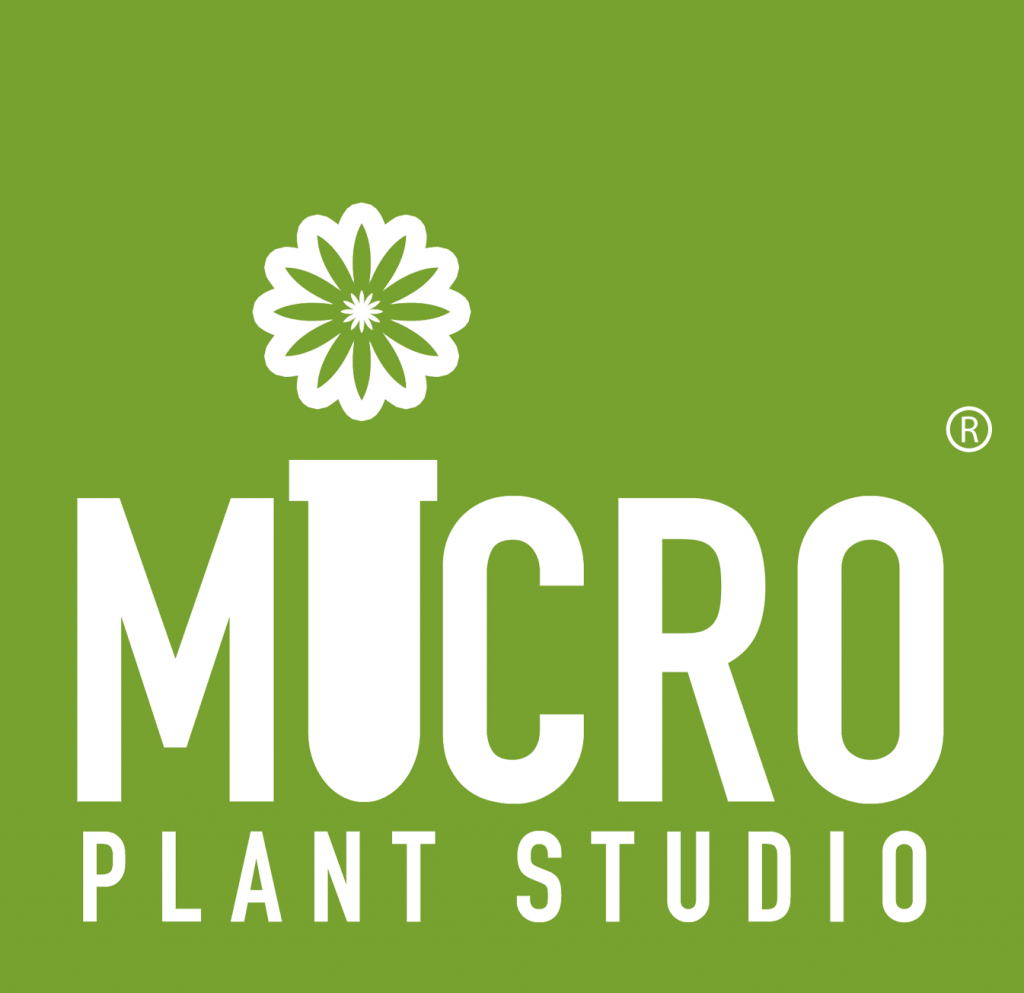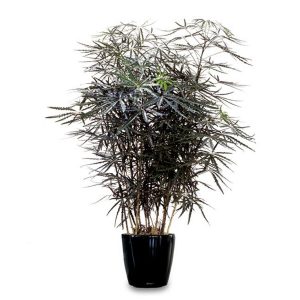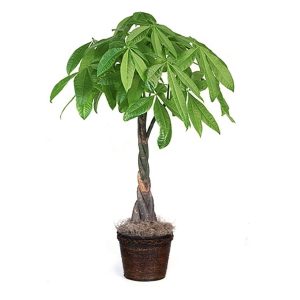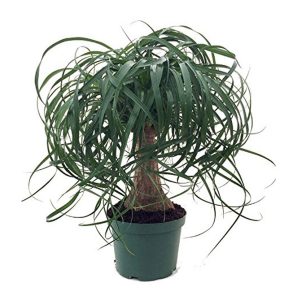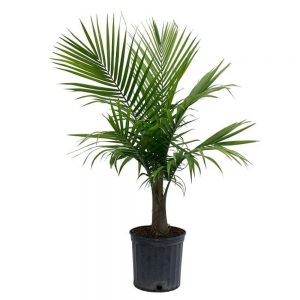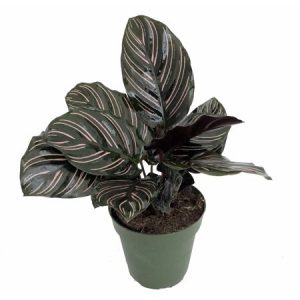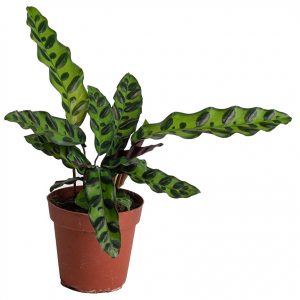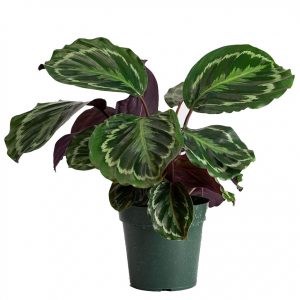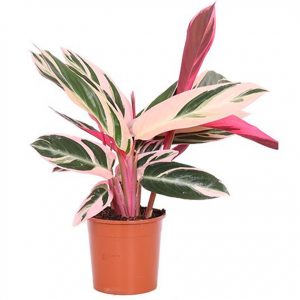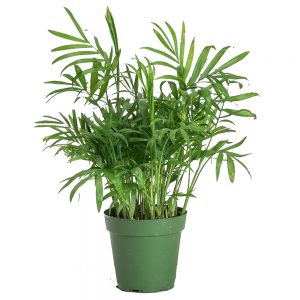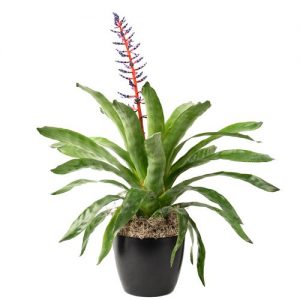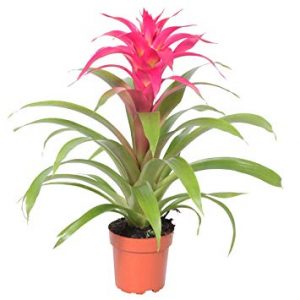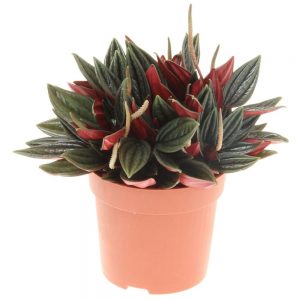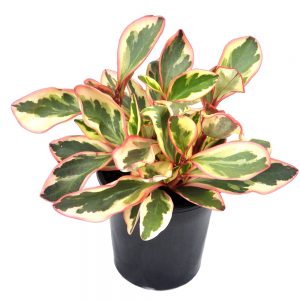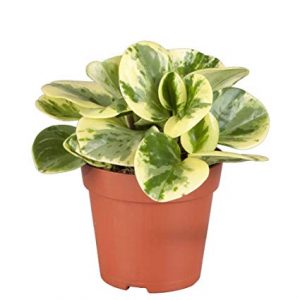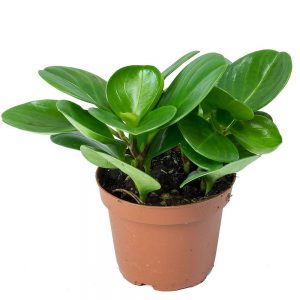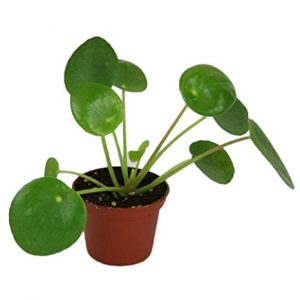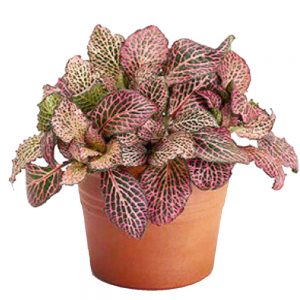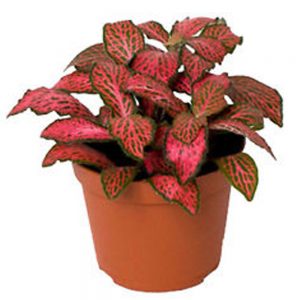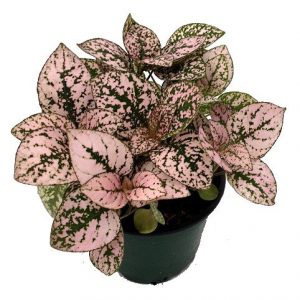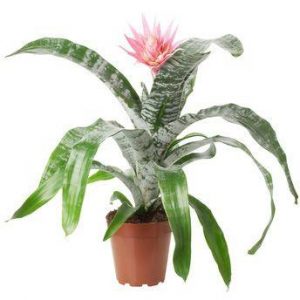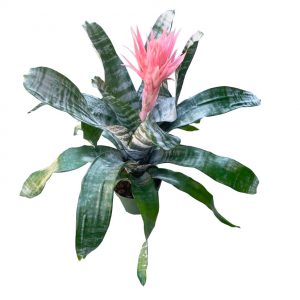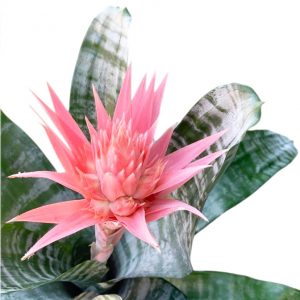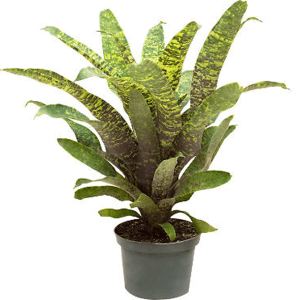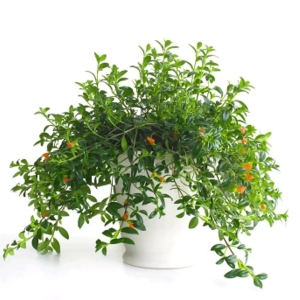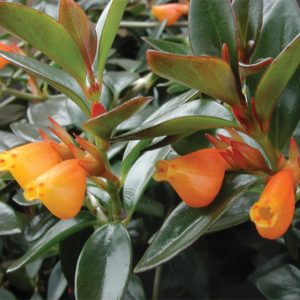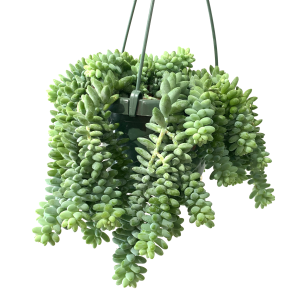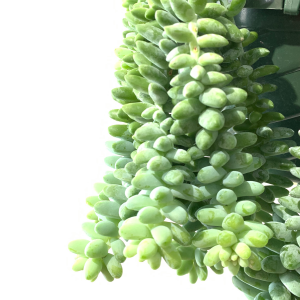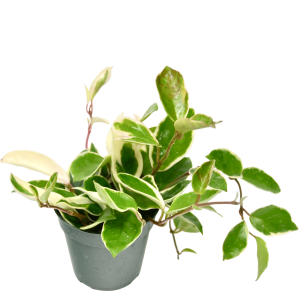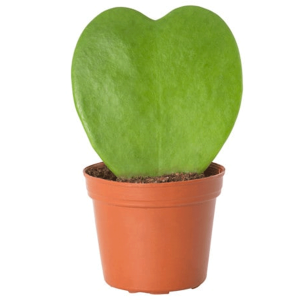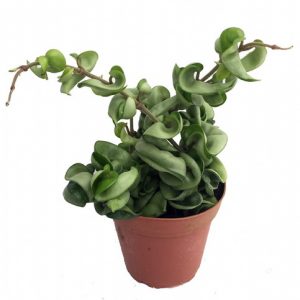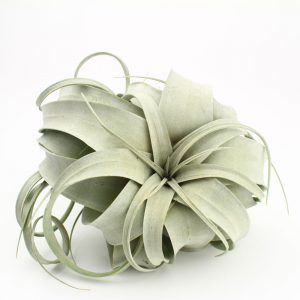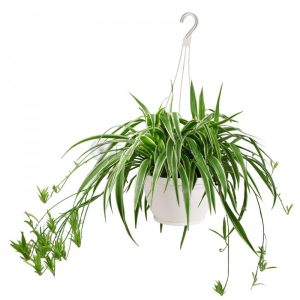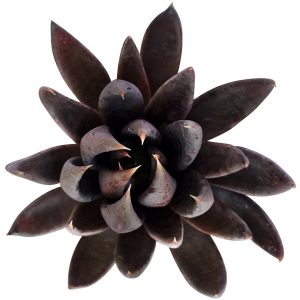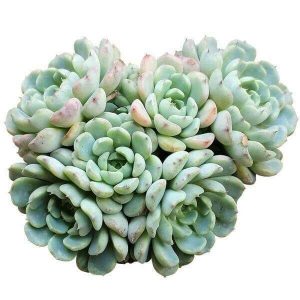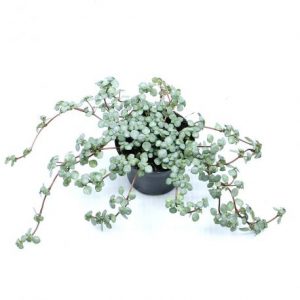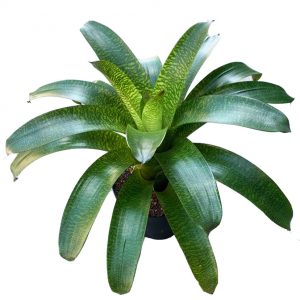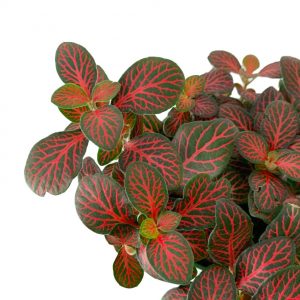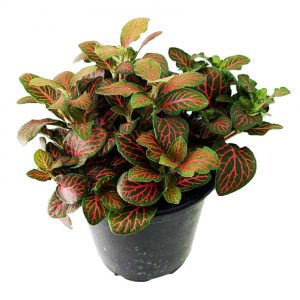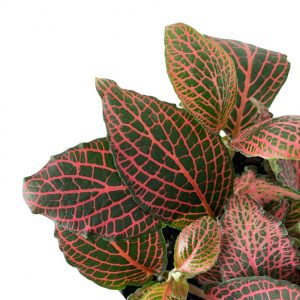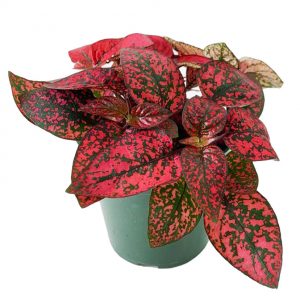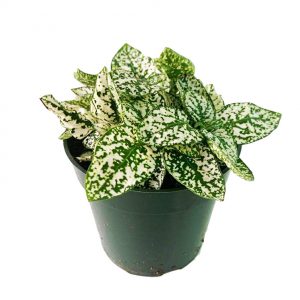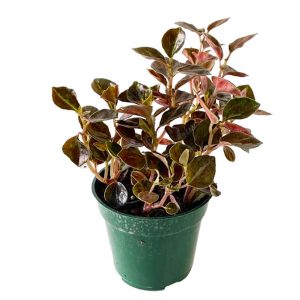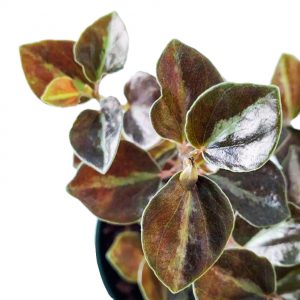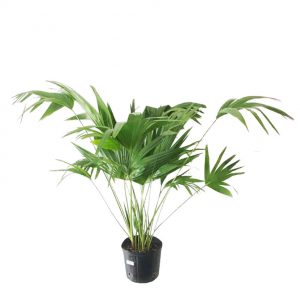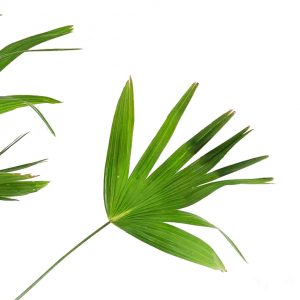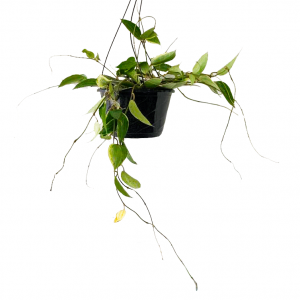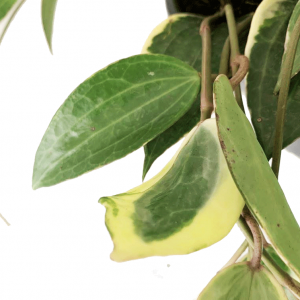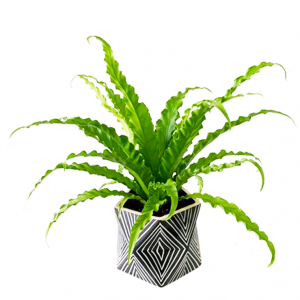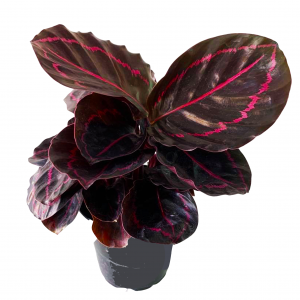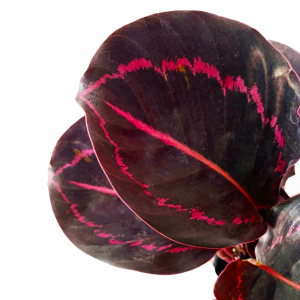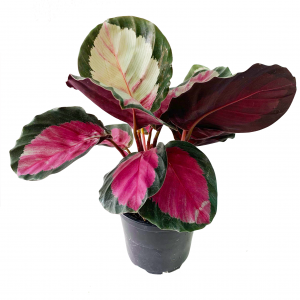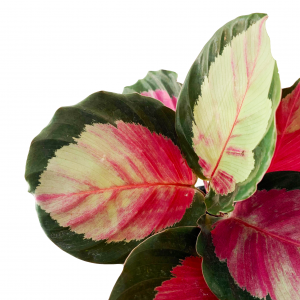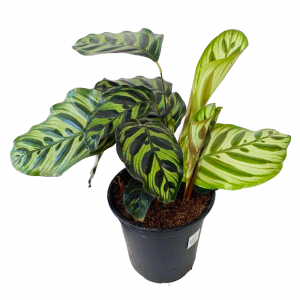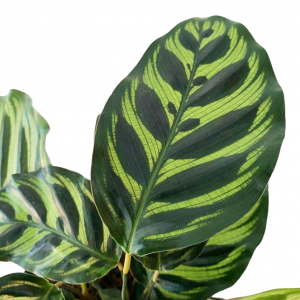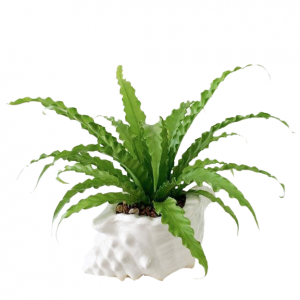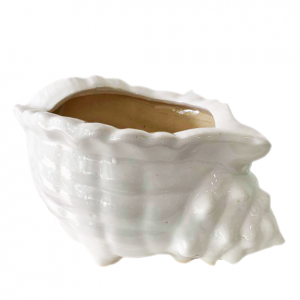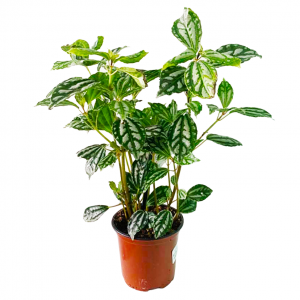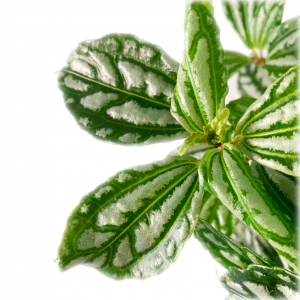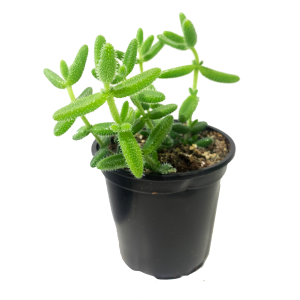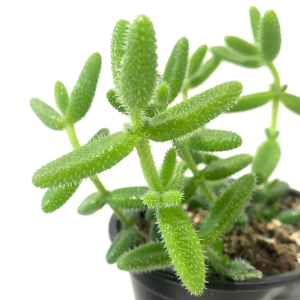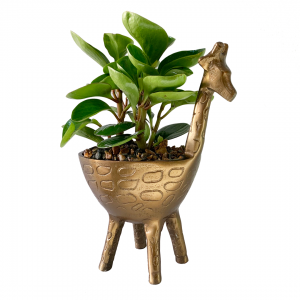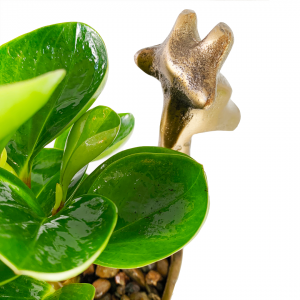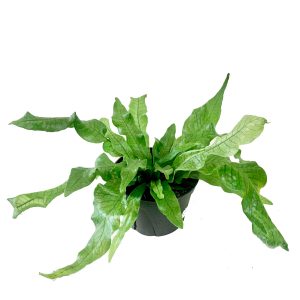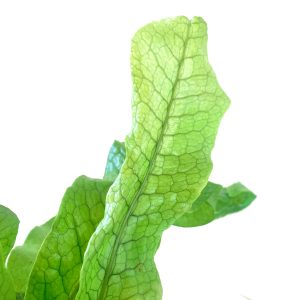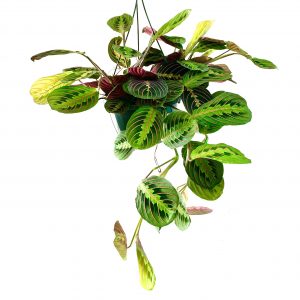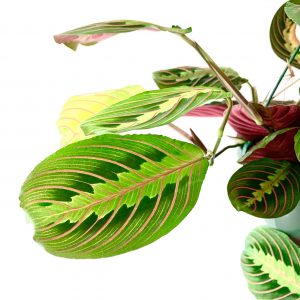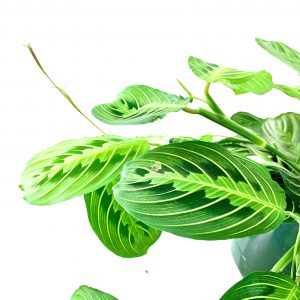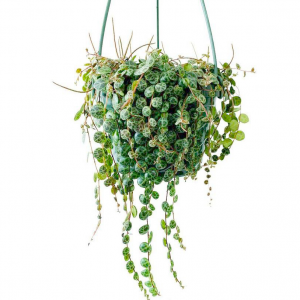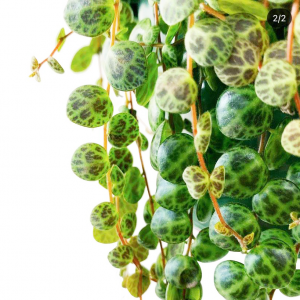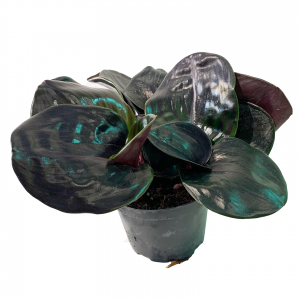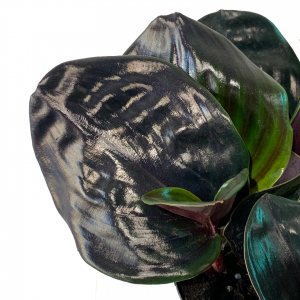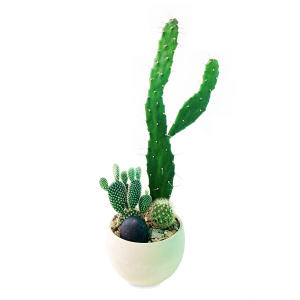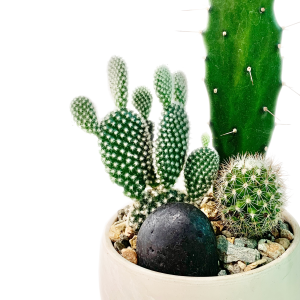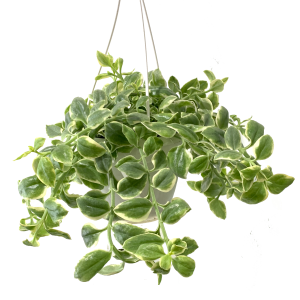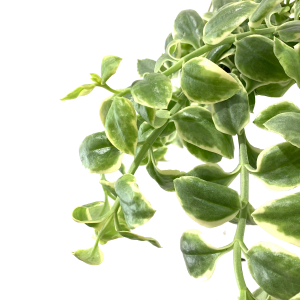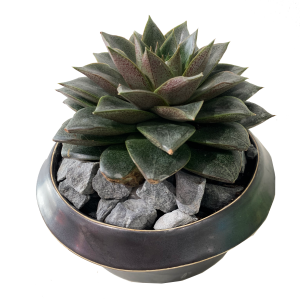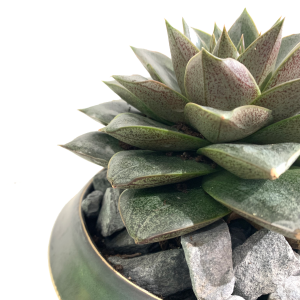PLANT FILTERS TOOL
LIGHT
We define visible light that’s naturally produced by the sun coming in your home through your window/glass door or the strong ambient light produced by your fixtures. Because most buildings in the city are clustered, we do not use the term “South-facing windows”, most likely your windows are blocked by buildings or not facing in the ideal direction, unless you reside in high-rise building. If you experience all four seasons during the year, or in a space with low light, you will need to consider moving plants from one space to the other or obtaining additional light to provide the necessary light frequency to help your plants produce healthy new growth.
WATER
Will you over or under water your plants? Before you start caring for any of your new plants, consider if any of the plants do better in a pot with or no drainage. What is the frequency of watering for your new plant? Does high maintenance plant matches your life style? Matching your plant with your lifestyle and space will be important.
NONTOXIC PLANTS
Before bringing a plant home, be aware how playful is your pet with things that are new or unknown. Not all plants are pet safe. Some plants can cause your pet a deadly reaction. For this reason, it is extremely important to understand what type of plant is safe to bring home or where to place a toxic plant.
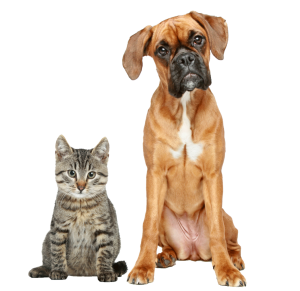 PET FRIENDLY PLANTS
PET FRIENDLY PLANTS
Selecting Pet Friendly Plants: Just like family members, cats and dogs, play an important role in our life and overall wellbeing. We buy them cute toys and other fun pet related items to keep them happy and healthy. Pets can sense when we are happy and when we are feeling down. Pets have ways of showing us affection and expressing when they are happy and sad. Caring for pets and creating a safe and healthy environment is important.
Many pet owners enjoy plants because of the health benefits and help us build an urban oasis. Always do your research before bringing any plants that will be reachable to your dogs or cats, contact your local veterinarian. On this page (view list), you will find some of the plants that Micro Plants Studio carries year-round that are pet cat and dog friendly. To view a full list of toxic and non-toxic plants, visit the ASPA (American Society for the Prevention of Cruelty to Animals) by clicking HERE.
$49.00
Price range: $22.75 through $99.00
Price range: $22.00 through $48.00
Price range: $18.50 through $34.00
Price range: $18.50 through $48.00
Price range: $18.00 through $32.00
$48.00
$78.00
$22.00
$68.00
Price range: $20.00 through $52.00
$35.00
$60.00
$24.00
$14.00
$14.00
$14.00
$24.00
$98.00
$84.00
$98.00
$25.00
$25.00
Price range: $28.00 through $45.00
$98.00
$18.50
$105.00
Price range: $62.00 through $72.00
$42.00
Price range: $28.00 through $59.00
$78.00
$52.00
Price range: $62.00 through $68.00
$58.00
OTHER Dog and Cat Friendly Plants
- Succulents
- Blue Echeveria
- Burro’s Tail — also known as Horse’s Tail, Donkey’s Tail, Lamb’s Tail
- Ghost Plant — also known as Mother of Pearl
- Hardy Baby Tears
- Haworthia
- Hens and Chickens — also known as Chickens and Hens, Mother Hens, Chicks
- Maroon Chenille Plant
- Mexican Firecracker
- Mexican Rosettes
- Mexican Snowballs
- Painted Lady — also known as Copper Rose, Maroon
- Plush Plant
- Tree Cactus
- Wax Rosette
- Ferns
- Rabbits Foot Fern
- Birds Nest Fern
- Kimberly Queen Fern
